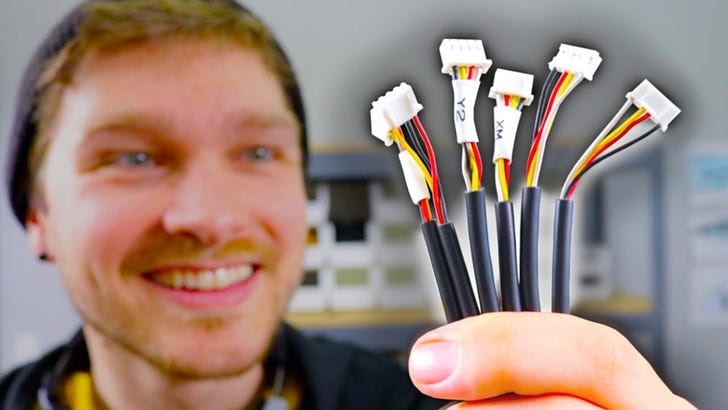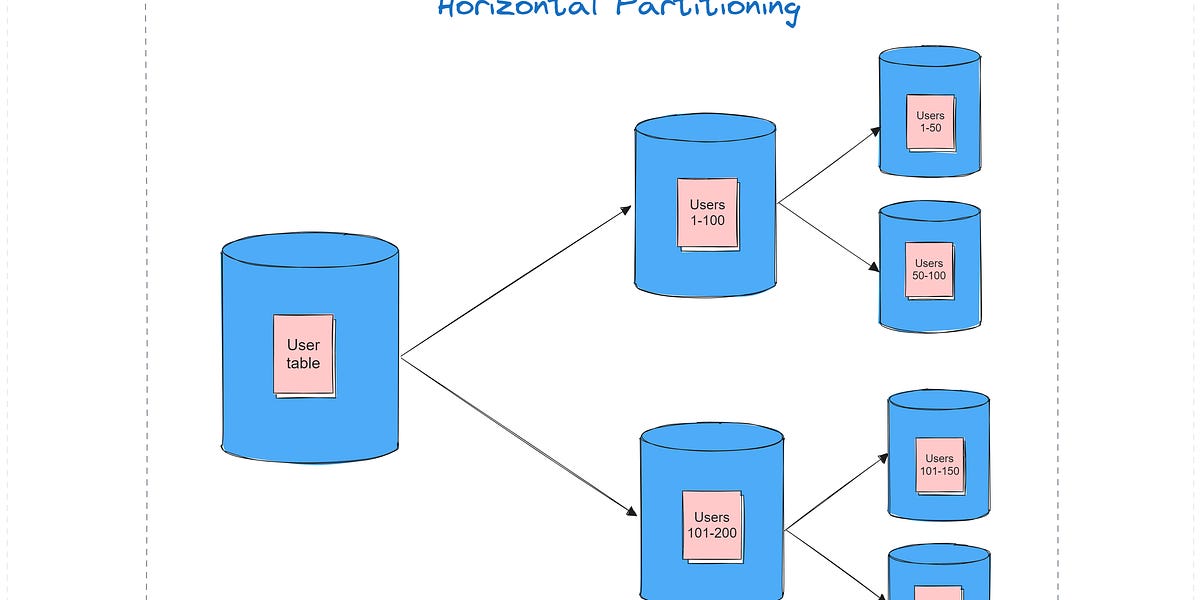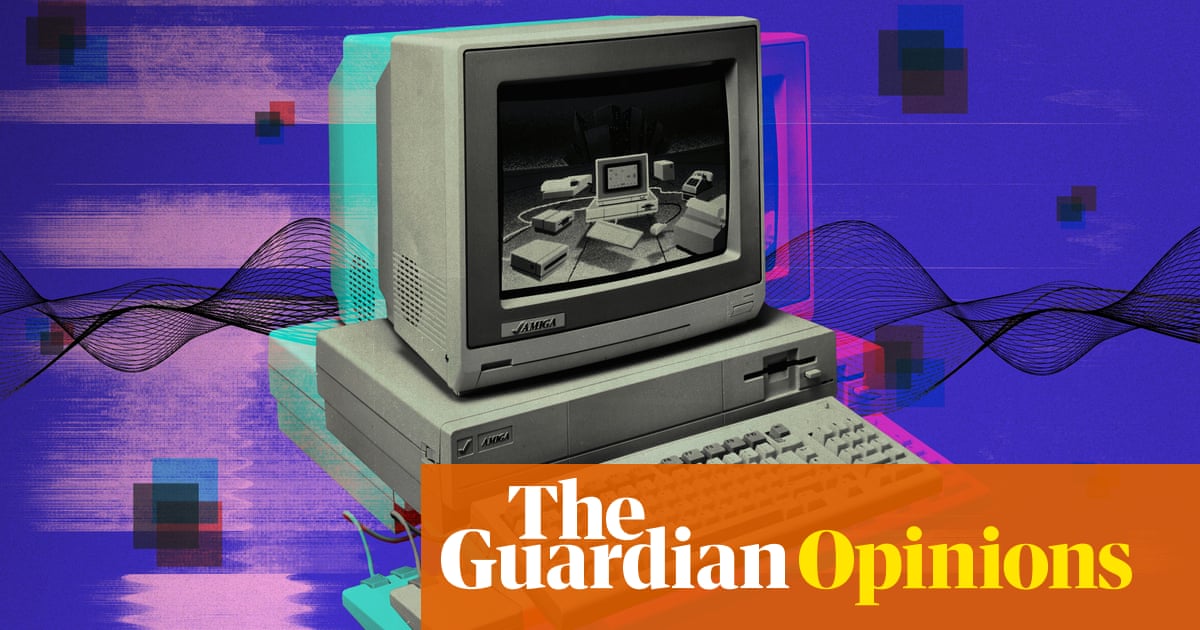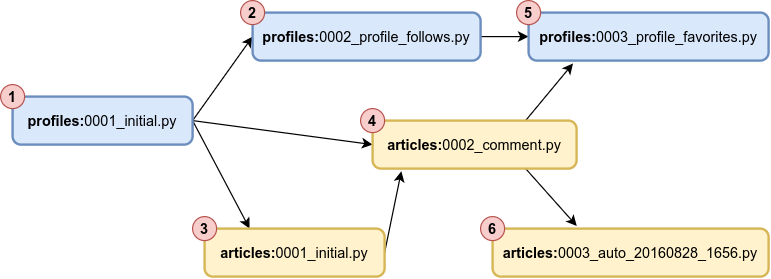
How FreeDOS Grew Up and Became a Modern DOS
I grew up in the 1970s and 1980s, and that meant I grew up with computers. Our first home computer was an Apple II, and my brother and I taught ourselves about BASIC programming on the Apple. I wrote a lot of games and math puzzles, because that’s really the limit of AppleSoft BASIC programming.
Later, our family replaced the Apple with an IBM PC, and I was excited to try the new DOS command line. DOS provided its own BASIC, but also a host of tools. Well, in those days “host” meant about twenty utilities, mostly to work with floppy disks and files. it wasn’t until MS-DOS 5 that I felt DOS had become truly “modern.” This version, released in 1991, replaced the venerable Edlin “line editor” with a full-screen interactive editor. It also included a completely new QBASIC programming environment and an incredibly useful DOS Shell that supported task-switching, a precursor to true multitasking.
And it was on this new system that I learned how to program in C and other languages. With this new knowledge, I wrote my own utilities to enhance the DOS command line, sometimes creating entirely new versions of existing DOS utilities with extra features and functionality. I felt like a true DOS “power user” and I felt very comfortable at the command line. I did much of my work on the command line, with my own tools to manage my directories and process files, but relying on my favorite DOS applications to write papers for class, or play games when I wanted to relax.














/cdn.vox-cdn.com/uploads/chorus_asset/file/25417952/transformers_megatron.jpg)




